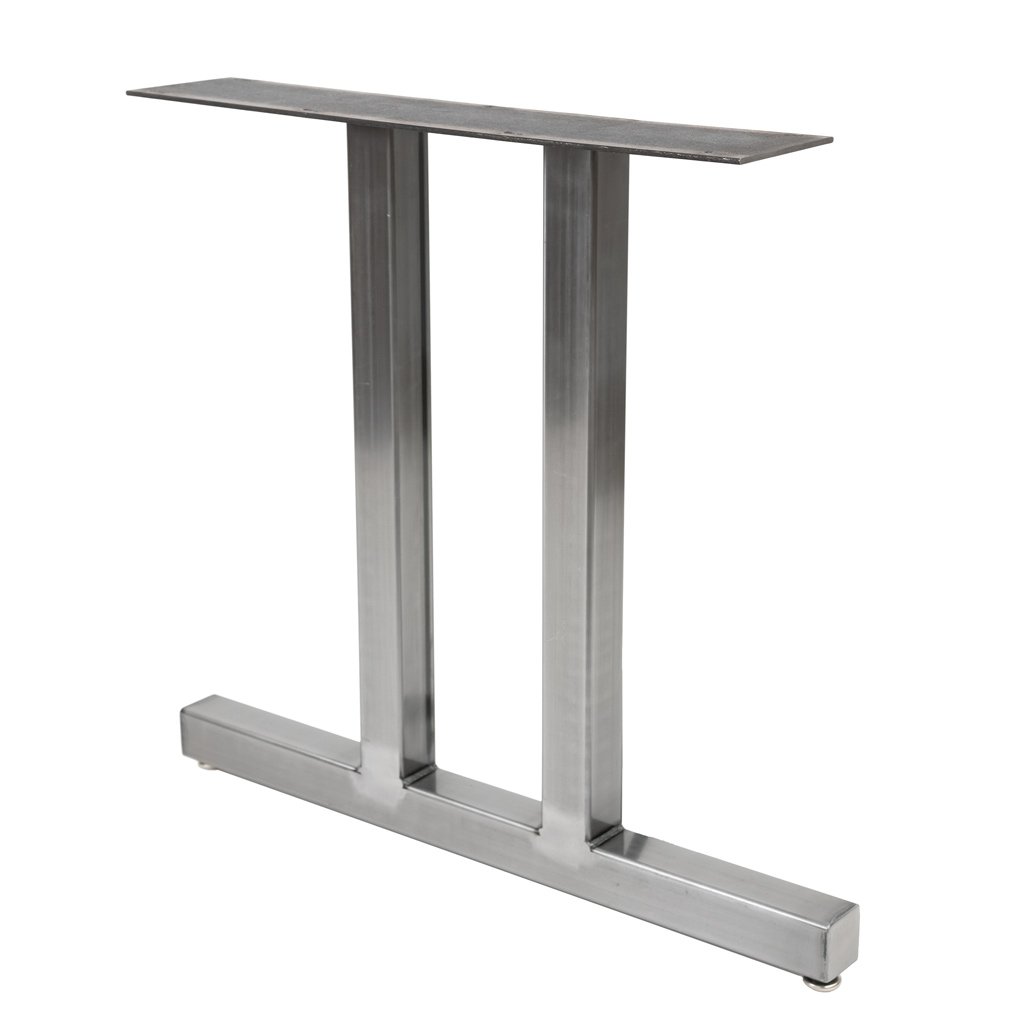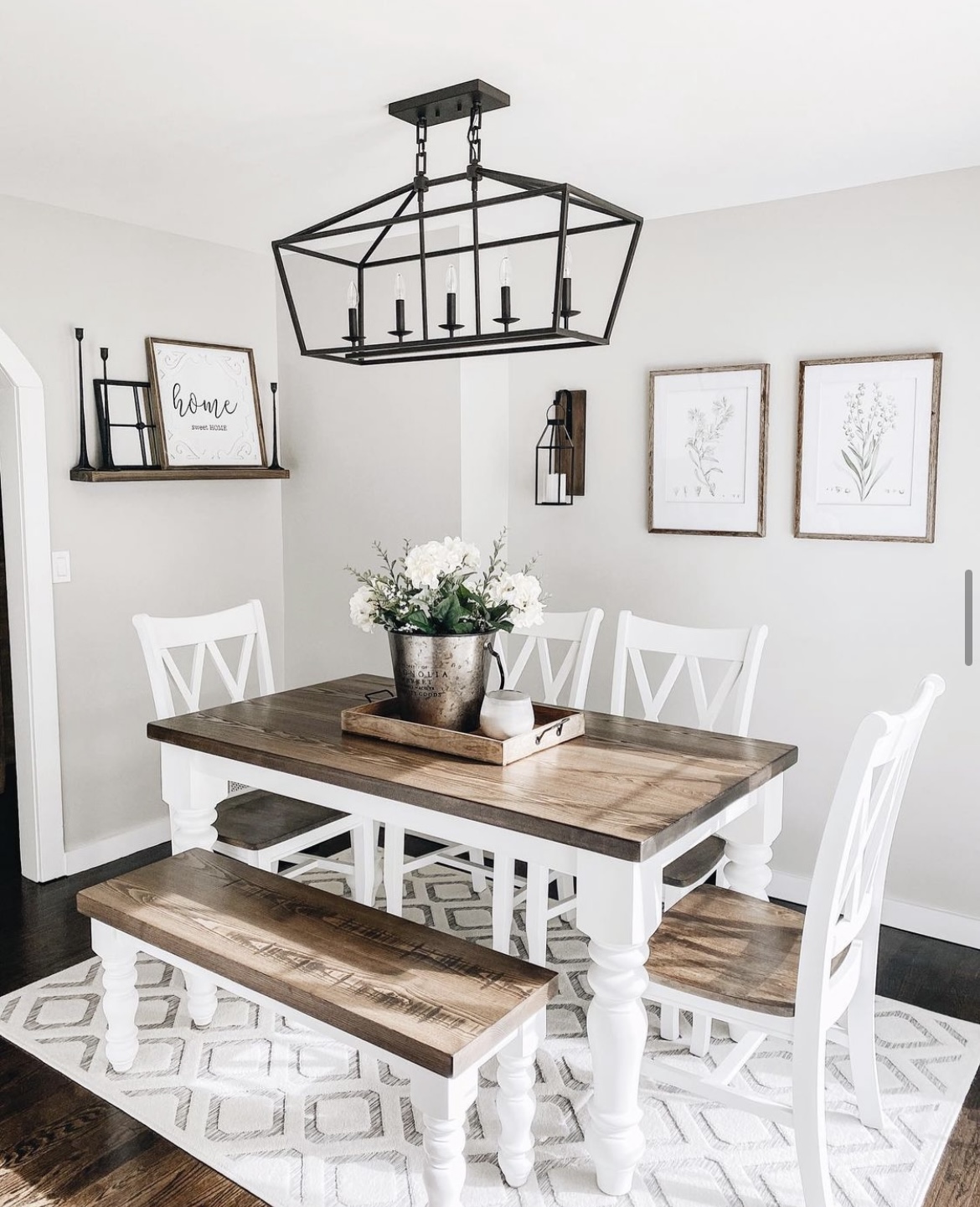Find the Ideal Dining Room Table Legs for Any Interior Design Style
Find the Ideal Dining Room Table Legs for Any Interior Design Style
Blog Article
From Traditional to Modern: Discover the Suitable Eating Room Table Legs for Your Style
The choice of eating area table legs plays a crucial role in specifying the general character of your space, linking the space in between conventional workmanship and contemporary looks. While classic layouts such as cabriole and turned legs stimulate a feeling of timeless sophistication, contemporary styles like hairpin and geometric options present an opportunity for striking visual interest. Evaluating the right equilibrium between these styles needs a nuanced understanding of your existing decor and personal preference. As you consider these elements, the question stays: exactly how can you effortlessly incorporate these diverse leg styles to create a harmonious dining experience?
Comprehending Table Leg Styles
The selection of eating room table leg styles can substantially influence both the looks and performance of the room. Each leg style adds special aesthetic components and useful functions, satisfying diverse layout choices and usage needs. Understanding these styles is essential for choosing the right eating table that aligns with your overall indoor style vision.
For example, tapered legs use a tidy, traditional look that can boost a room's elegance, while stand bases provide stability and maximize legroom, making them optimal for smaller spaces. Hairpin legs, a characteristic of mid-century contemporary layout, present an industrial style, enabling an airy, open feeling. Trestle legs evoke rustic beauty, providing durable support and a sense of eternity.
Wood legs can bring heat and texture, whereas steel choices usually communicate a smooth, modern ambiance. Ultimately, recognizing table leg styles is crucial for developing a natural eating location that mirrors individual style while making sure functionality and comfort.
Traditional Table Leg Options
When selecting eating space table legs, standard options often symbolize timeless sophistication and craftsmanship. These styles show an abundant heritage and a commitment to quality, making them suitable for those who appreciate timeless aesthetics.
Among one of the most famous traditional leg designs is the cabriole leg, identified by its elegant rounded form. This design commonly includes decorative makings and is most generally discovered in Queen Anne and Chippendale furnishings. An additional preferred choice is the transformed leg, which flaunts a collection of smooth, rounded forms that provide a classic look while preserving stability.
Additionally, the straight leg, while simple, provides a unadorned and sturdy framework that can mix perfectly with a selection of tabletop designs. For those drawn to ornate describing, claw-and-ball feet legs stimulate a sense of splendour and can act as a sensational centerpiece in any dining room.
Finally, stand bases, although not purely legs, offer an alternate typical option that permits adequate legroom and can be magnificently carved. Each of these typical leg designs adds click here for more to the overall setting of a dining-room, weding function with aesthetic appeal.

Modern Table Leg Designs
Modern table leg designs provide a diverse series of styles that emphasize innovative products and clean lines. These layouts commonly prioritize functionality while serving as striking prime focus within a dining area. Minimalist appearances prevail, with legs crafted from materials such as metal, glass, and engineered wood, which contribute to a contemporary and ventilated feel.
One prominent design is the barrette leg, identified visit this site by its slim, tapered structure that supplies security without overwhelming the tabletop (dining room table legs). This style is commonly located in mid-century contemporary furnishings and can easily complement various table forms. An additional pattern is the usage of geometric forms, where legs might tackle angular or asymmetrical types, adding visual interest and a touch of creativity

Mixing Styles for Special Areas
Frequently, homeowners look for to develop one-of-a-kind eating areas that show their individual style by mixing various layout elements. This technique enables for the incorporation of diverse aesthetics, leading to an unified yet unique setting. Combining a rustic wood table with sleek, modern-day metal legs can develop an eye-catching comparison that raises the area's overall charm.
Furthermore, incorporating vintage table legs with contemporary table tops can evoke a sense of background while maintaining a contemporary sensibility. Such mixes not only display specific preference but additionally encourage imagination, allowing homeowners to curate an area that feels both individual and welcoming.
Color plays a vital function in this mixing process; picking table legs that enhance or comparison with the existing shade system can enhance aesthetic interest. Whitewashed legs can soften the daring of a dark table surface, creating a well balanced aesthetic.
Tips for Selecting the Right Legs
Picking the right table legs is vital for accomplishing both performance and aesthetic allure in your dining area. Begin by taking into consideration the general design of your room. Standard setups profit from legs that feature detailed carvings or turned layouts, while contemporary areas might call for streamlined, minimalist styles.
Next, examine the height and stability of the legs. dining room table legs. Basic eating tables range in between 28 to 30 inches in height, so make certain the legs match this dimension for convenience. Furthermore, robust materials, such as wood or steel, can improve stability and long life
Evaluate the leg form too-- choices include straight, tapered, or stand layouts. Straight legs supply a classic look, while conical legs can include a touch of beauty. Pedestal bases provide sufficient legroom and are suitable for smaller sized areas.
Final Thought
In summary, picking the suitable eating room table legs calls for cautious factor to consider of both contemporary and standard designs. By balancing leg style, elevation, and product with the total decoration, a natural and inviting atmosphere can be achieved.
The range of dining room table leg styles can significantly influence both the appearances and functionality of the area. Ultimately, comprehending table leg designs is crucial for creating a natural eating location that mirrors personal design while ensuring practicality and convenience.One of the most renowned traditional leg designs is the cabriole leg, defined by its elegant bent shape. Straight legs supply a classic look, while tapered legs can add a touch of elegance.In summary, choosing the optimal eating area table legs calls for mindful factor to consider of both modern-day and standard styles.
Report this page